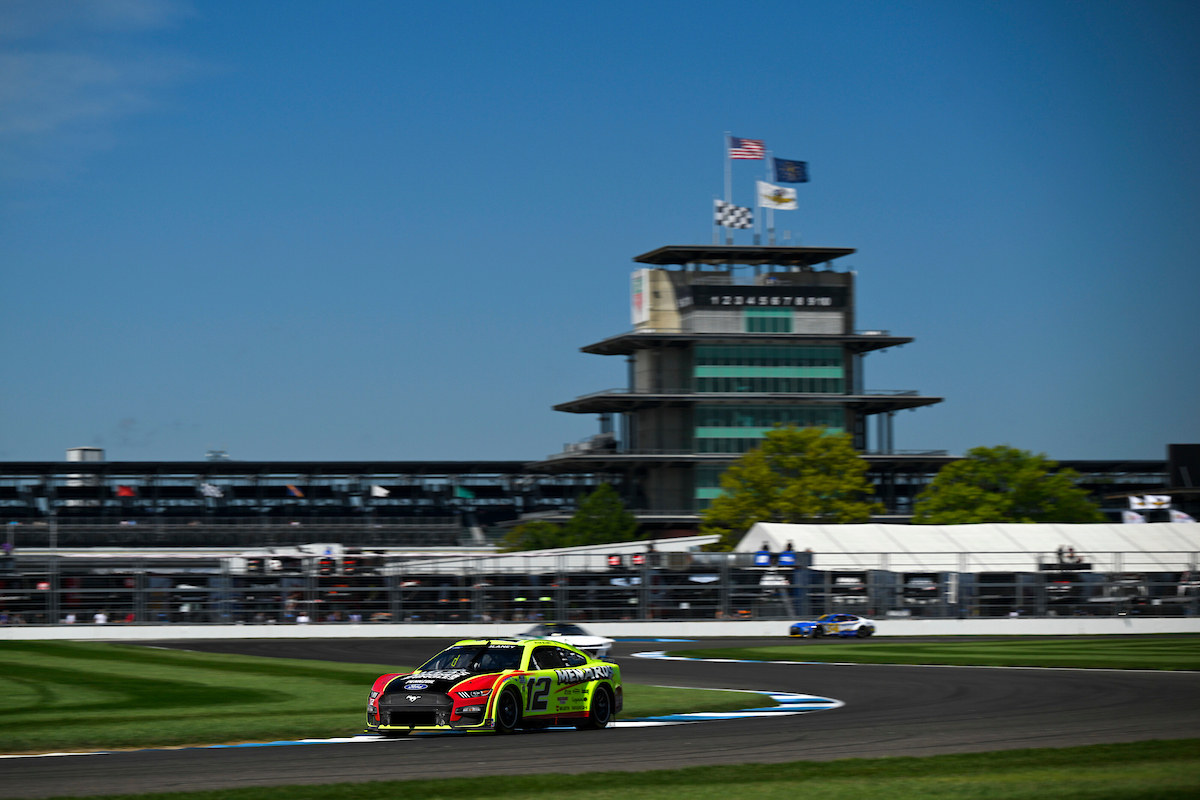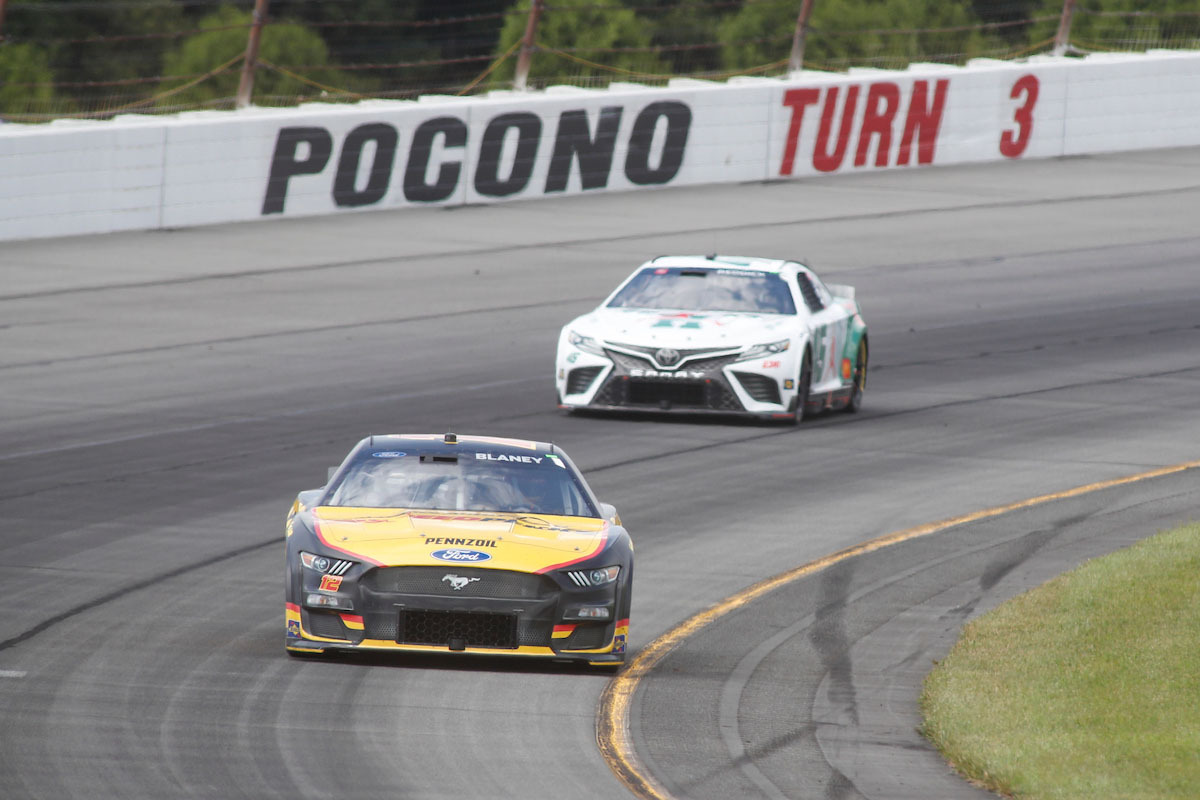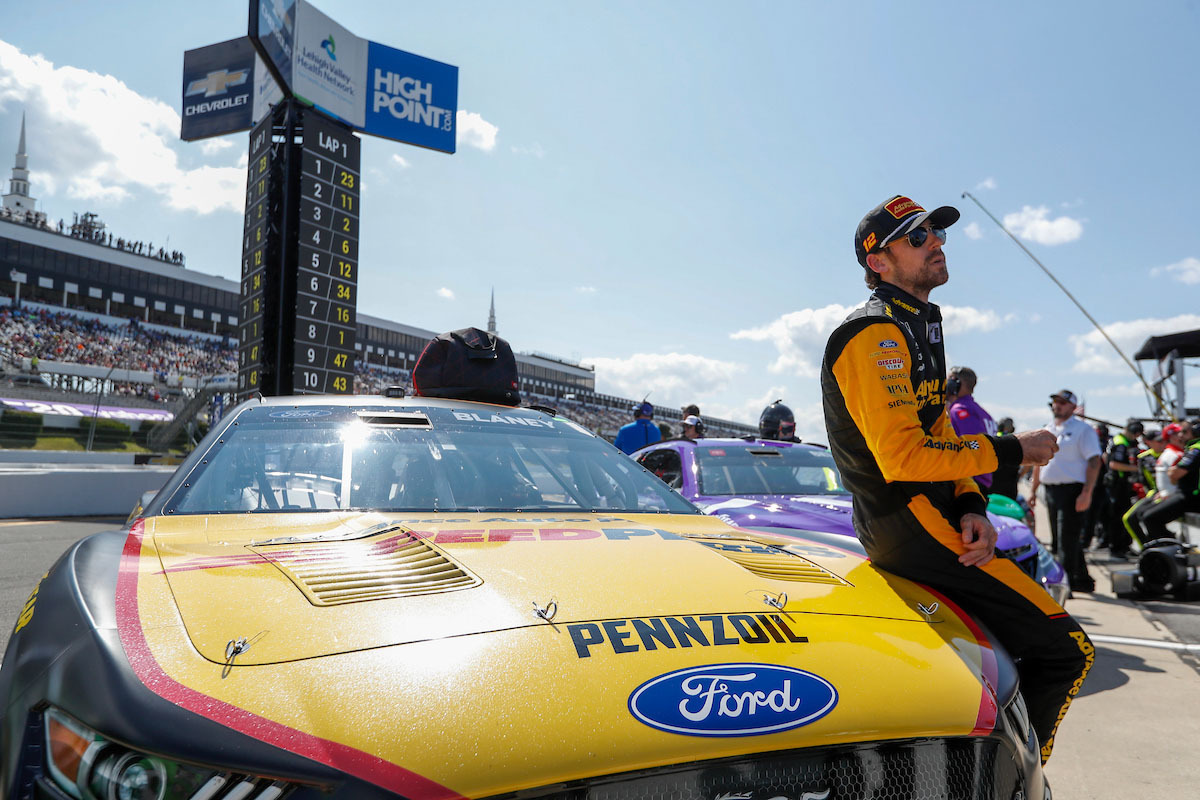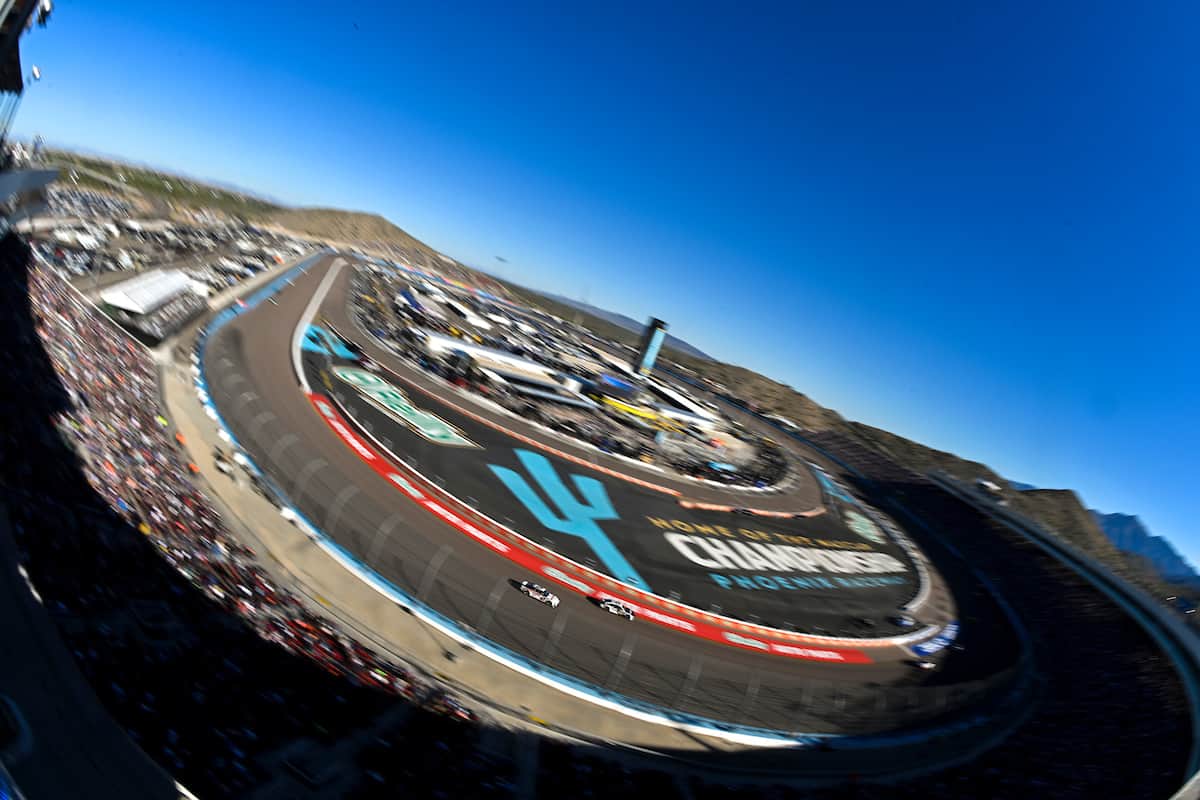When Did NASCAR Start? Tracing the Origins of America’s Premier Stock Car Racing Series
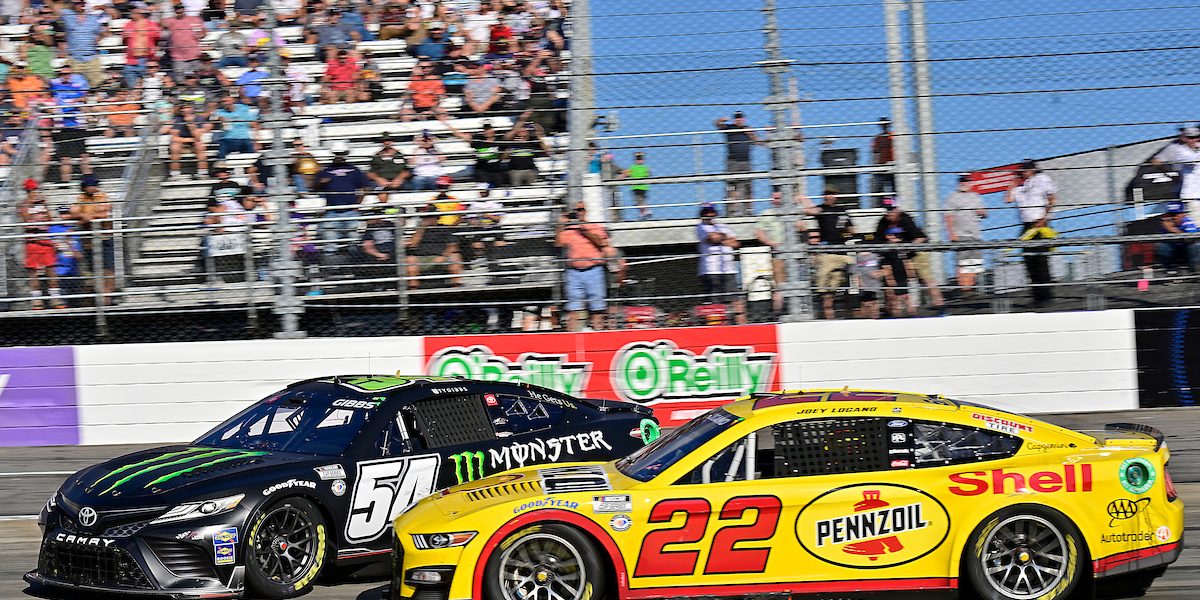
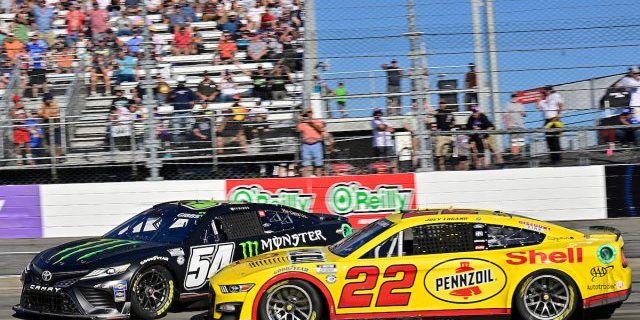
NASCAR, formally known as the National Association for Stock Car Auto Racing, is an iconic fixture in American motorsports with deep roots tracing back to the post-Prohibition era. Stock car racing, the precursor to NASCAR, was initially popularized by moonshine runners who modified their cars to outrun the law and later raced these powerful vehicles among themselves, leading to the organization of official races. This rich tradition set the stage for what would eventually become a formalized racing circuit, with the first official NASCAR event taking place on February 15, 1948, at the beach-road course in Daytona.
The formal incorporation of NASCAR took place a few days later, on February 21, 1948. Since its inception, NASCAR has expanded from humble beginnings on the sands of Daytona Beach to become a national phenomenon with a loyal fan base, hosting races at major tracks across the United States. Throughout the years, NASCAR has undergone significant transformations in terms of safety improvements, technological advancements in vehicle design, and the broadening of its competitive landscape, proving to be a dynamic force in the evolution of the auto racing industry.
Key Takeaways
- NASCAR was established in 1948 and has since become a cornerstone of American motorsports culture.
- The organization has a storied history that includes its early association with moonshine bootlegging.
- NASCAR’s development reflects significant advancements in racing technology and safety measures.
Table of Contents
Origins and History of NASCAR
The National Association for Stock Car Auto Racing, commonly known as NASCAR, has a rich heritage that dates back to the prohibition era and embodies the American spirit of innovation and competitiveness in motorsports.
Prohibition Era and NASCAR’s Roots
During the Prohibition era, American bootleggers needed fast vehicles to evade law enforcement while transporting illegal moonshine. They modified their cars for speed and handling, unwittingly laying the groundwork for stock car racing. These modifications would eventually influence the formalized competition found in NASCAR. Races in North Carolina and surrounding southern states were common among those seeking to test their automotive mettle.
Bill France and the Foundation of NASCAR
In December 1947, Bill France, a significant figure in race promotions, saw the need for a governing body to regulate and promote stock car racing. He organized a meeting in Daytona Beach, Florida, to discuss the formation of a sanctioning body. This pivotal gathering led to the creation of NASCAR on February 21, 1948, formally establishing rules, regulations, and structure for stock car races.
Important Milestones in NASCAR History
Since its inception, NASCAR has seen numerous key milestones. Its first Strictly Stock race, recognized as the true beginning of NASCAR as a competitive series, was held on June 19, 1949, at Charlotte Speedway in North Carolina. To honor these achievements and the legendary figures in the sport, the NASCAR Hall of Fame was inaugurated in Charlotte in May 2010, celebrating the heroes and the heritage of NASCAR.
Major NASCAR Races and Tracks
In the realm of NASCAR, certain races and tracks have risen to iconic status due to their history, the level of competition, and the sheer excitement they bring to fans. These events and venues are central to the sport, often serving as benchmarks of success for drivers and teams.
Iconic NASCAR Races
- Daytona 500: Kicking off the NASCAR Cup Series, the Daytona 500 is known as “The Great American Race” and is held annually at Daytona International Speedway. It’s NASCAR’s most prestigious event, drawing massive viewership and participation from the elite of stock car racing.
- Brickyard 400: Renamed in 2020 as the Big Machine Hand Sanitizer 400, this race held at the Indianapolis Motor Speedway is a celebrated event. The track is famed for its Indy 500 heritage, making a NASCAR win here especially coveted.
NASCAR’s Premier Tracks
- Daytona International Speedway: As the site of the Daytona 500, this track is central to NASCAR’s identity. It boasts a 2.5-mile tri-oval shape and famously high banking.
- Talladega Superspeedway: Home to some of the fastest and most competitive racing, Talladega is known for its length, being the longest NASCAR oval, and its thrilling races.
- Darlington Raceway: Often referred to as “The Track Too Tough to Tame,” Darlington is unique with an egg-shaped design that presents a significant challenge to drivers.
- Charlotte Motor Speedway: This modern facility hosts multiple prominent NASCAR events each year, including the Coca-Cola 600, and features a 1.5-mile quad-oval track.
- Homestead-Miami Speedway: Historically the finale of the NASCAR season, the Ford EcoBoost 400 here often determines the series champion.
By hosting celebrated races like the Daytona 500 and the Brickyard 400, tracks like Daytona International Speedway and Indianapolis Motor Speedway have etched their names into the fabric of motorsport. These races not only highlight the drivers‘ technical prowess but also captivate audiences with the thrilling spectacle of NASCAR racing.
Evolution of NASCAR Vehicles
The evolution of NASCAR vehicles showcases a transformation from standard production models to specialized racing machines equipped with cutting-edge technology and engineering.
From Stock to Race Cars
Initially, NASCAR featured vehicles that were nearly identical to the on-street models of the time. They raced in what was known as the Strictly Stock era from 1948 to 1966. During this period, race cars were unmodified; their bodies and frames remained unchanged from the consumer vehicles sold by manufacturers. This made for a racing environment that truly tested the factory-built capabilities of the cars.
Technological Advancements and Next Gen Car
As the decades passed, NASCAR race cars underwent significant changes with regards to performance, safety, and technology. Engines, for example, became fine-tuned powerhouses designed for high speed and durability, a stark contrast to the original stock car engines. The engineering of these cars evolved to include modifications that would improve aerodynamics, handling, and speed, making them distinct from their production counterparts.
The advent of the Next Gen car in 2022 marked a major milestone in NASCAR’s history, representing a leap in technological innovation. This new class of vehicles came equipped with features aimed at improving competition, such as a symmetrical body, a new chassis design, and advanced materials. Manufacturers also played a critical role in developing these cars, ensuring that they retained brand identity while still conforming to the technical regulations set forth by NASCAR and the Automobile Racing Club of America. This ongoing collaboration has kept race cars at the forefront of automotive technology, reflecting the ever-evolving nature of NASCAR.
NASCAR’s Impact and Expansion
Since its inception, NASCAR has not only evolved into a premier auto racing sport but has also made significant strides in shaping American culture and extending its global presence, while constantly enhancing fan engagement.
Influence on American Culture
NASCAR’s rise to prominence has left an indelible mark on American culture. It began as a sport deeply rooted in the traditions and history of the southeastern United States and has since become a beloved pastime across the country. The racing series, particularly the NASCAR Cup Series, has brought forth iconic drivers who are celebrated as household names, influencing fashion, language, and entertainment.
Growth and Global Reach
The organization’s growth extended beyond the borders of the United States, touching down in Canada and other international venues, which illustrates NASCAR’s commitment to expanding its global reach. As NASCAR ventured into these new markets, the fan base grew, and international drivers began participating in the NASCAR Cup Series, Xfinity Series, and Truck Series, diversifying the field and the appeal of the sport as a true spectator sport.
NASCAR’s Engagement with Fans
NASCAR has always prioritized its engagement with fans, leveraging various channels to enhance the spectator experience. Through initiatives like interactive fan zones, engaging social media content, and streaming options, NASCAR ensures that fans are not merely spectators but part of the racing community. With new media rights deals, NASCAR will include streaming elements, allowing for greater accessibility for fans wanting to catch races in real-time, solidifying NASCAR’s role as a pioneering governing body in fan engagement.
When Did NASCAR Start? – Frequently Asked Questions
This section addresses common inquiries surrounding the establishment and historical milestones of NASCAR, providing definitive answers to enhance understanding.
What is the origin year of the NASCAR Cup Series?
The NASCAR Cup Series traces its roots back to 1949, when it was officially established.
What date marks the inaugural NASCAR race?
The very first NASCAR race was held on June 19, 1949, at the Charlotte Fairgrounds.
In which year did NASCAR first broadcast a complete race on television?
In 1979, NASCAR broadcast its complete race on television, with the Daytona 500 airing from start to finish.
How has NASCAR’s popularity evolved over time?
NASCAR’s popularity has seen significant growth since its inception, with expansions in both audience and NASCAR series events across the United States.
What historical connection does NASCAR have with moonshine running?
NASCAR has origins linked to Prohibition-era moonshine running, where drivers would modify cars to outrun the police, which eventually led to organized stock car racing.
When was the first Daytona 500 race held?
The first Daytona 500 took place on February 22, 1959, and has since become NASCAR’s most prestigious annual race.






